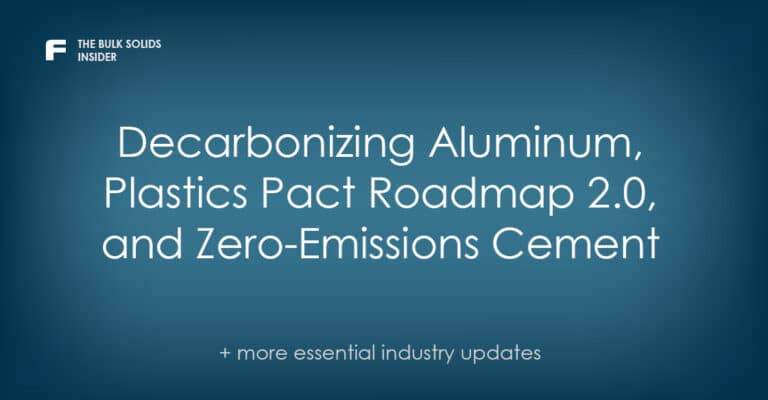Updates in Mining
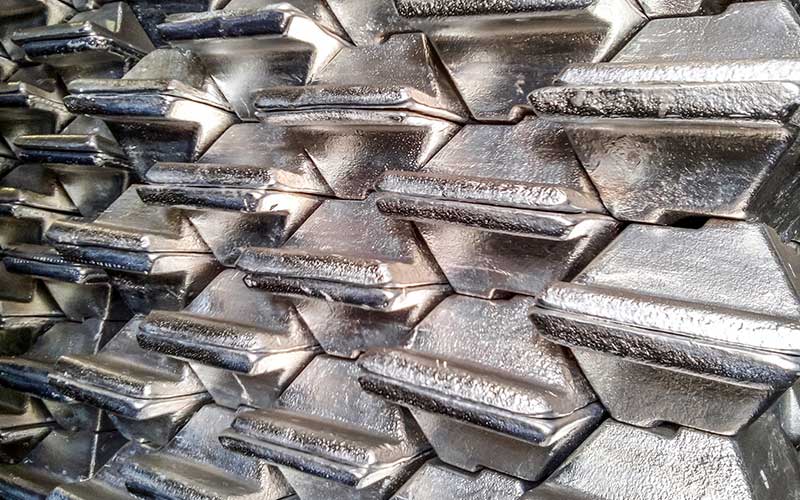
Decarbonizing the Aluminum Industry: A New Report
In partnership with environmental consulting firm ICF, The Aluminum Association has released a report detailing potential pathways to significant decarbonization in the industry. The report, entitled, Pathways to Decarbonization: A North American Roadmap, covers a number of strategies that could help the industry to meet the International Energy Agency’s (IEA) Net Zero by 2050 objectives.
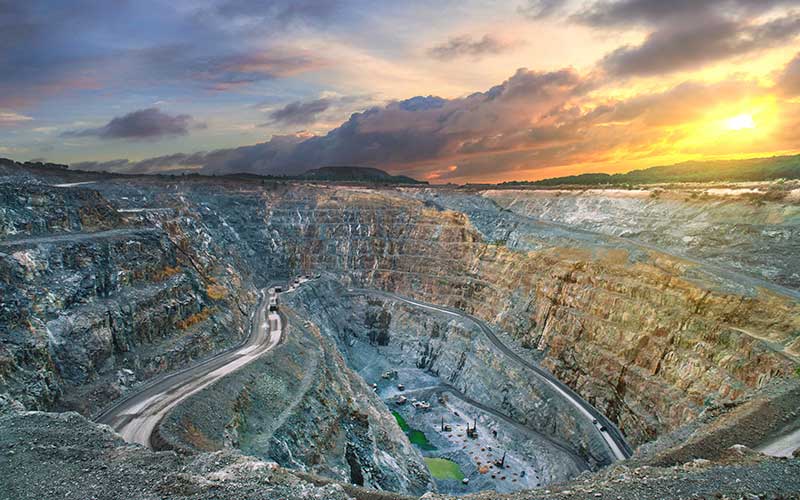
Iltani Expands Orient Project
Iltani Resources has announced exciting findings at their Orient Project in northern Queensland: silver-lead-zinc-indium mineralization that significantly expands known resources. Australia considers indium a critical mineral. Read the press release >>

Canada Adds to Critical Minerals List
The Government of Canada has released its updated Critical Minerals List. The list maintains the original 31 identified minerals, while adding high-purity iron, phosphorous, and silicon metal.
Updates in Fertilizer

Report Recognizes Canada’s Soil As A “Strategic National Asset”
Canada’s Senate Committee on Agriculture and Forestry has released a new report consisting of 25 recommendations to “lead the way in protecting soil as a ‘strategic national asset’ key to food security.”
Updates in Chemical
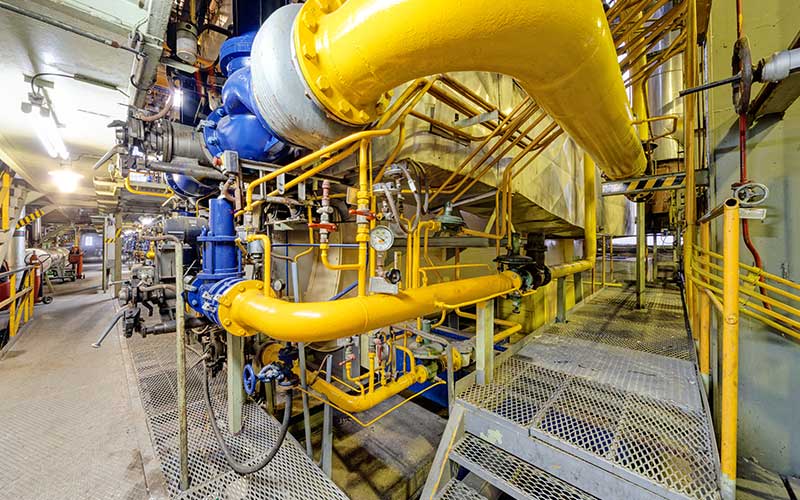
Funds Aimed at Reducing Methane Emissions From Oil & Gas Sector
The U.S. Department of Energy and the U.S. Environmental Protection Agency announced the opening for applications for $850 million dollars in federal funding from the Inflation Reduction Act. The funding will go to projects that will help to monitor, measure, quantify, and reduce methane emissions from the oil and gas industry.
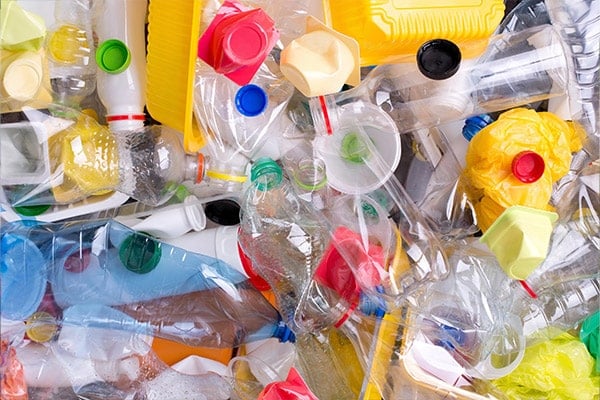
U.S. Plastics Pact Issues New Roadmap
The U.S. Plastics Pact has released their Roadmap 2.0, its latest strategic plan aimed at helping companies change their design, use, and reuse of plastics in packaging. The initiative outlines progress to date and lays out ambitious goals for moving forward.

Zero-Emissions Cement? Researchers Say It’s Possible
Researchers at Cambridge University have developed what they call “an absolute miracle.” By replacing the lime flux used in steel recycling with used cement, slag waste can be avoided, with the process instead yielding recycled cement that can be used in the production of new concrete. This approach would substantially reduce emissions from both concrete and steel, without adding significant costs to production in either case. The researchers further note that if the electric arc furnace (EAF) were powered by renewable energy, the result would be zero-emission cement.
Like what you’re reading? Subscribe to our blog for industry updates and expert advice on bulk solids processing and handling.


